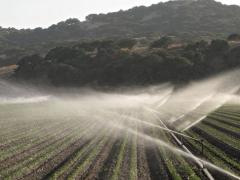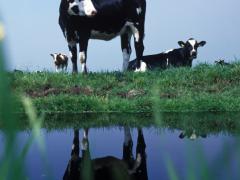Nutrient transport from the Ganga–Brahmaputra–Meghna River system to the Bay of Bengal: past and future trends
The Ganga–Brahmaputra–Meghna (GBM) river basin is a lifeline for the livelihoods and well-being of millions of inhabitants. It has been experiencing increasing nutrient emissions from anthropogenic activities since the 1970s. This paper describes total nitrogen (TN) and total phosphorus (TP) sources and transport in the GBM basin at a 0.5-degree resolution for the past (1970–2019) and future (2020–2050) according to Shared Socioeconomic Pathways scenarios.
Our results indicate a three-fold increase in the delivery and export of TN and a two-fold increase of TP in the GBM basin between 1970 and 2019. Elevated nutrient levels are driven by agriculture mainly, with sewage discharge important particularly in the large number of densely populated urban areas. Continuing current nutrient management practices in a business as usual scenario will increase the risk of eutrophication in the GBM basin and the Bay of Bengal. Implementing nutrient reduction strategies in a sustainable scenario will reduce TN and TP loads and concentrations, but nutrient imbalances remain strong with continued risk of harmful algal blooms. These findings call for integrating nutrient stoichiometry with balanced nutrient reduction strategies to mitigate nutrient pollution in the GBM River basin.
Authors
Specifications
- Publication title
- Nutrient transport from the Ganga–Brahmaputra–Meghna River system to the Bay of Bengal: past and future trends
- Publication date
- 4 February 2025
- Publication type
- Article
- Page count
- 14
- Publication language
- English
- Magazine
- Environmental research letters
- Issue
- Vol 20 nr 2
- Product number
- 5900




